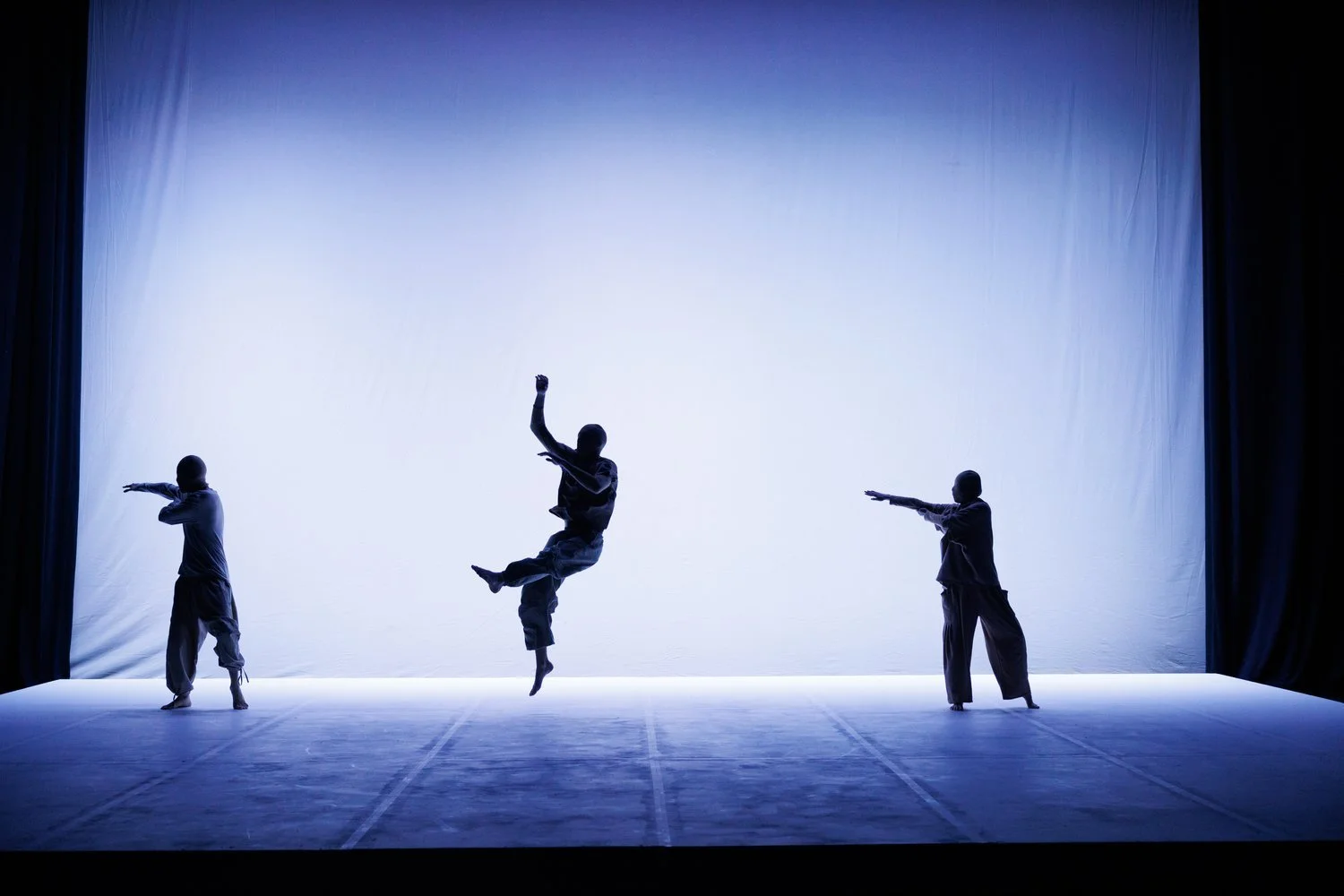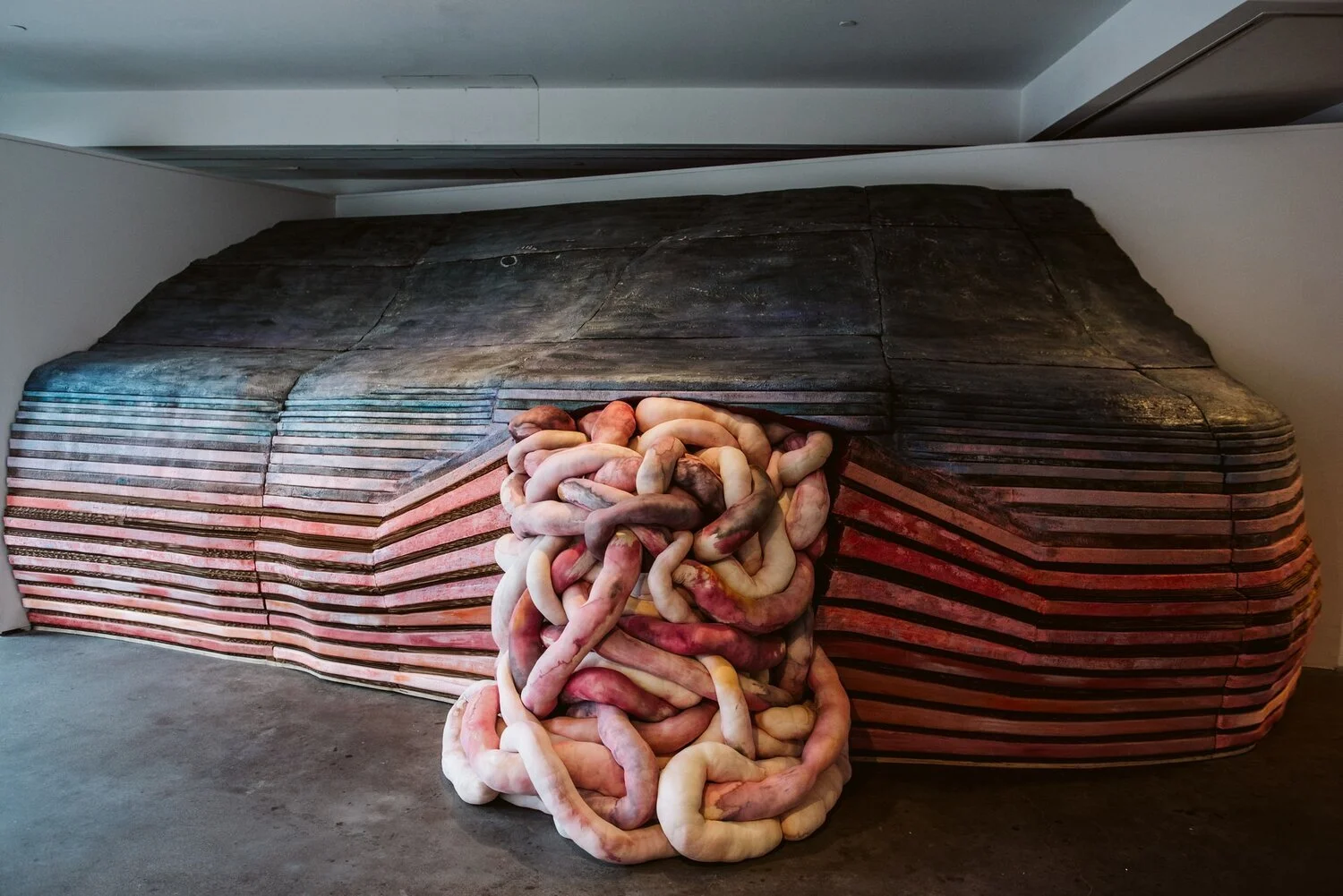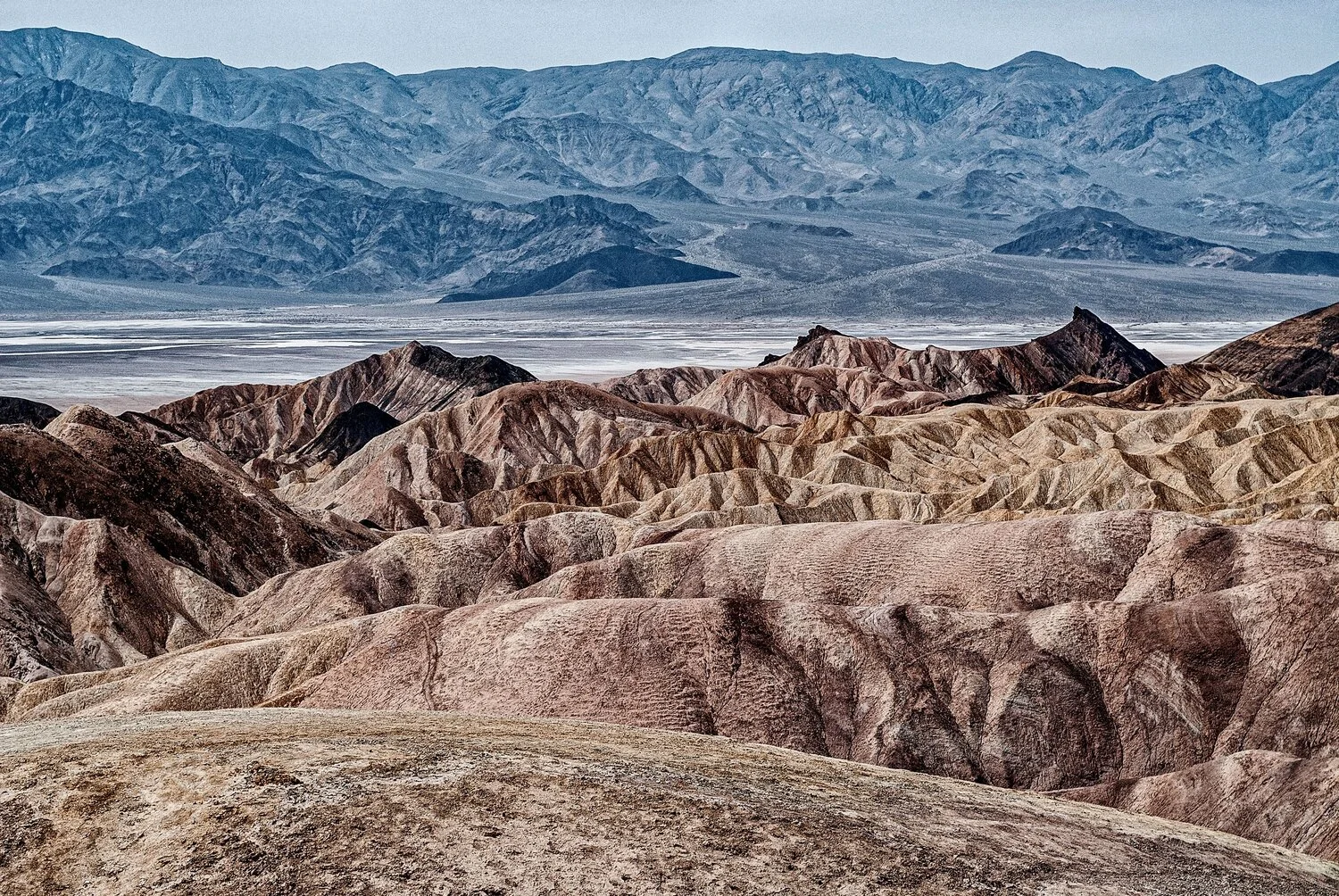Roxane Revon’s "Planthroposcene" installation interrogates the terms "nature" or "environment" that synthesize various realities into a transcendent concept that allows for a utilitarian approach where the human being is at the center of a transactional relationship with a disposable entity.
INTERVIEW | Mallory Burrell
Mallory’s work focuses on collecting and ritual. In the Flowers of the Anthropocene series, she plays the role of an artist / pseudo-naturalist, for she does not create the flowers. She finds them in the waterways created by the forces of nature and clips the flowers to photograph them back in her studio.
INTERVIEW | miguel costa [maarqa]
Miguel Costa [maarqa] is an artist/architect based in Porto, Portugal. His practice has been developed through interconnected strategies between art, landscape, and architecture. He works individually or in collaboration under the name' maarqa — micro atelier de arquitectura e arte' and divides his professional activity between public space projects and installations, artistic research, and teaching.
INTERVIEW | Rebecca Weisman
Rebecca Weisman is a conceptually driven maker and thinker who makes deconstructed films of sculptures that are then re-embedded into the sculptures creating dreamy installations with layers upon layers of visual narrative and meaning. Her project Skin Ego centers on an immense, eight by twenty foot sculptural reconstruction of a section of a Finback whale, modeled after a photograph found on the internet of a real-life stranded whale.
INTERVIEW | Sue Vo-Ho
A native of Saguenay in Canada, Sue Vo-Ho stands out as a photographer through her approach to memory and evanescence. The melancholy of open spaces inspires her work. Sue Vo-Ho finds her inspiration in the emptiness of nature or cities. Her preferred themes revolve around the desert, buildings, the ocean, urban landscapes and city walls and are tinged with a hint of melancholy.
INTERVIEW | WiseTwo
WiseTwo is a Kenyan Multi-Disciplinary Artist. WiseTwo’s artwork takes a critical view of social and cultural issues. Often referencing ancient civilizations and the invisible connection between people and cultures, WiseTwo’s work reproduces familiar visual and aural signs, arranging them into new conceptually layered murals and paintings.
INTERVIEW | Ronit Keret
Ronit Keret’s recent work deals with the ecological crisis, the melting glaciers that have been changing due to the nature of human activity. The Installations that Keret creates are formed as a reaction to the given display space and the nature of the material she uses itself. Keret describes the transitions between good and evil in looking at human and nature relations and the gap between childhood dreams and catastrophic reality.
INTERVIEW | Bob Landström
Bob Landström is an American artist who primarily works with crushed, pigmented volcanic rock. His abstract paintings, with their highly granulated texture and color combinations, only achieved through such a medium, reconsider our relationship with “primitive” art by elevating the iconography of ancient languages, science, religions, and mysticism.
INTERVIEW | Carla Piacenza
Carla Piacenza’s work addresses issues that are related to nature and human behavior. Thus, she reflects on gender, identity, migrations, and the environment and climate changes. Taking resources from science and psychology, and transforming them into visual poetics, the works are presented as hypothetical and experiential ideas seeking to decode a personal argument.








![INTERVIEW | miguel costa [maarqa]](https://images.squarespace-cdn.com/content/v1/5a02e24901002767b723f9e8/1634049890411-HBJ6W7214JUNNRF6NGOU/Art_Magazine_Contemporary_Altiba9_Miguel+Costa_4B+Lesser+landscapes_installation_2021.jpg)











